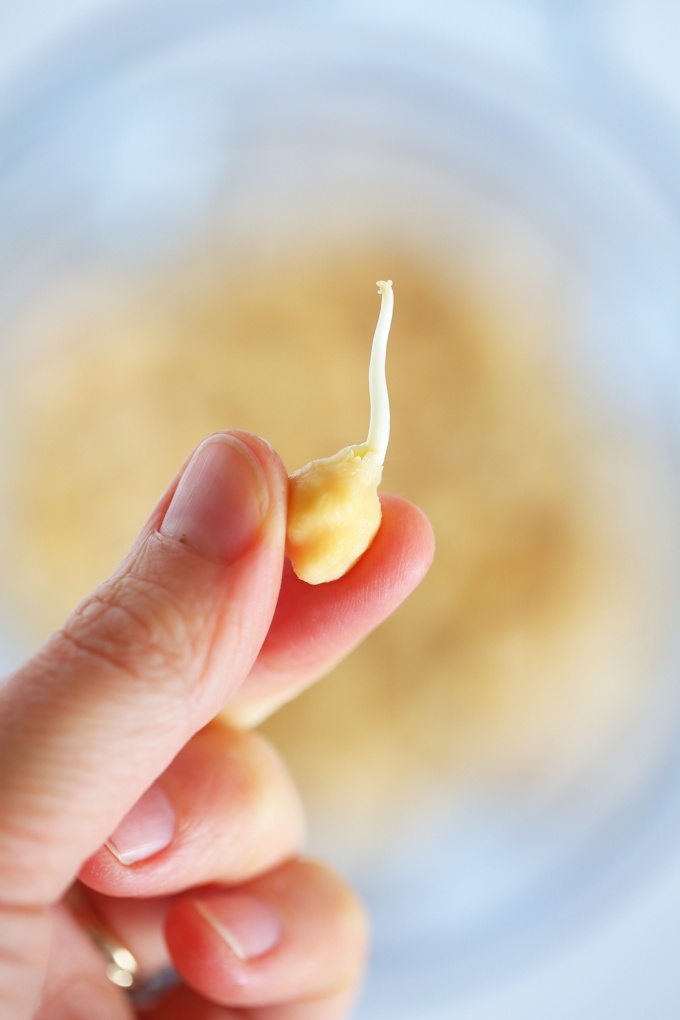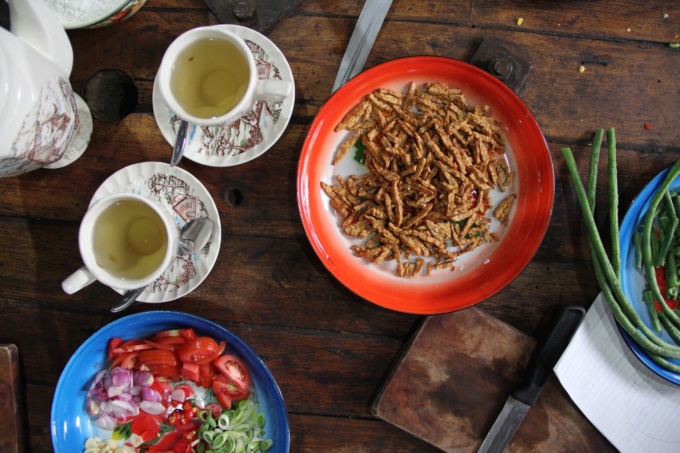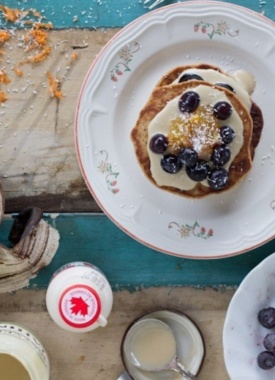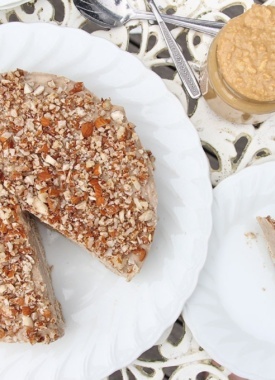Top 75 Sources of Plant-Powered Protein
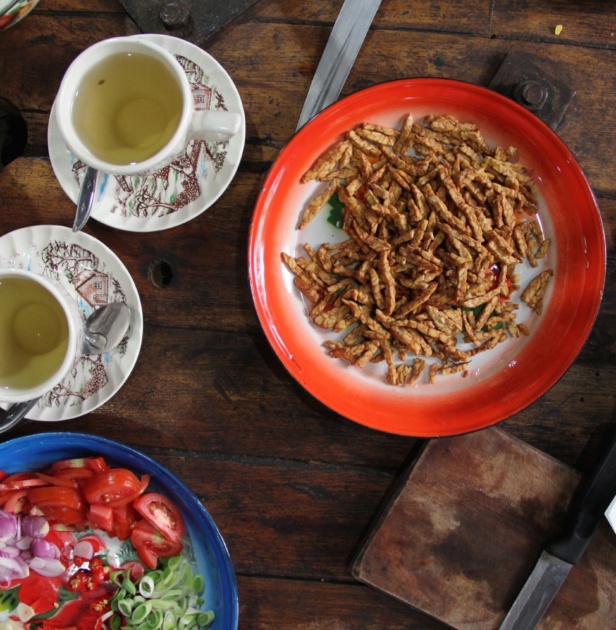
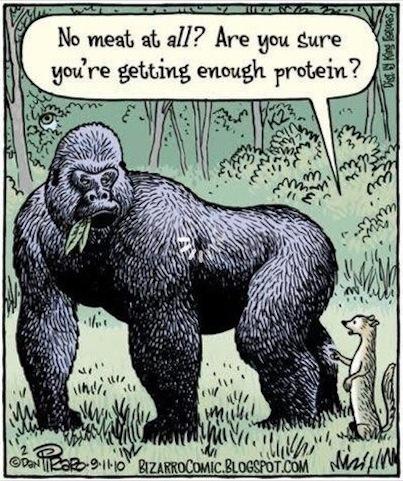
One of the most commonly asked questions you’ll get if you’re considering moving towards a more plant-based diet is, where are you going to get your protein? Simple answer is – everywhere!
Protein is in fact not a ‘food’ in itself as many people think (ie chicken breast = protein = not entirely true), but a macronutrient found in almost every food available. Most animal-derived foods in fact only contain between 15-25% protein, a figure which you’ll see below gets blown out of the park by some of our tastier plant friends. Furthermore, animal-based proteins, unfortunately, come laden with saturated fat, hormones, antibiotics, heavy metals, ethical dilemmas, and global warming.
So this week as a handy resource for you, I’ve been busily putting together a comprehensive list of the top plant-powered protein sources I could find. (Because if you know me, you’ll know that comprehensive is how I roll). I’ve chosen to compare each food’s protein content per 100g to give a uniform comparison, as many other tables and infographics available use random serving sizes which can vary greatly between each individual. Using a per 100g approach means you’ll get a super clear idea straight away as to what’s high in protein, and what’s not.
Note that for things like protein powders and greens powders you’re likely to only be using 1-2 tablespoons, therefore a typical serving might provide you with around 20g protein. In contrast a typical serving of our Black Bean Pasta might be more like 50g for a female (75-100g for a male), and therefore also provide you with around 25g protein. I’ve kept all figures in their raw states for an equal comparison, so if you’re cooking chickpeas for example, remember that they’ll double in size and weight (due to the absorbed water) so the protein content per 100g will halve.
I’ve linked up each food so you can click through to read more about it and order it from our store. While I was compiling this I realised how many incredible high protein plant foods we in fact already stock! Best thing about it is most of these are complete whole food sources, apart from the two protein powders at the top. Which means they’ll each have all the necessary phytonutrients to ensure maximum absorption of their protein contents. Don’t be worried about ‘incomplete proteins’ either – as long as you’re eating a range of these foods over the course of a day or week, your body (smart thing that it is) will group together all the relevant amino acids it needs and turn them into a protein party.
Next week we’ll go into a bit more depth on some of these key food groups and how you can incorporate them into your diet. Meanwhile, if you have any burning questions about plant-based protein, let me know over on our Facebook page and i’ll look to answer those next week.
Remember also to bookmark this page so you can refer back to it when you need!
Top Plant-Based Protein Foods
| Food | Protein (per 100g raw) | |
| 1 | Pea Protein (Clean Lean) | 86g |
| 2 | Brown Rice Protein (Sun Warrior) | 81g |
| 3 | Spirulina | 67g |
| 4 | Sacha Inchi Powder | 63 |
| 5 | AFA Blue-Green Algae | 62g |
| 6 | Chlorella | 60g |
| 7 | Nutritional Yeast | 52g |
| 8 | Mung Bean & Black Bean Pasta (Explore Asian) | 45g |
| 9 | Soy Bean Pasta (Explore Asian) | 42g |
| 10 | Super Greens (Matakana Superfoods) | 38g |
| 11 | Adzuki Bean Pasta (Explore Asian) | 36g |
| 12 | Soy Beans | 36g |
| 13 | Hemp Seeds (hulled)* | 33g |
| 14 | Pumpkin Seeds | 30g |
| 15 | Dulse | 29g |
| 16 | Moringa | 27g |
| 17 | Karengo | 27g |
| 18 | Cacao | 26g |
| 19 | Lentils | 26g |
| 20 | Peanuts (& Peanut Butter) | 25g |
| 21 | Good Green Stuff | 24g |
| 22 | Bee Pollen** | 24g |
| 23 | Sunflower Seeds | 23g |
| 24 | Red Kidney Beans | 21g |
| 25 | Black Beans | 21g |
| 26 | Almonds | 21g |
| 27 | Adzuki Beans | 20g |
| 28 | Black Tahini (Sesame Seed Butter) | 20g |
| 29 | Pistachios | 20g |
| [If we were including meat, it would fall about here] | ||
| 30 | Tempeh (certified organic non-GMO, I use the NZ-made TONZU brand) | 17g |
| 31 | Chickpeas | 19g |
| 32 | White Tahini (Sesame Seed Butter) | 19g |
| 33 | Flax Seeds/Linseed | 18g |
| 34 | Sesame Seeds | 18g |
| 35 | Wakame | 18g |
| 36 | Cashews (& Cashew Butter) | 18g |
| 37 | Choc La Cure High Protein Chocolate Drink | 18g |
| 38 | Oats | 16g |
| 39 | Canihua (Baby Quinoa) | 16g |
| 40 | Vegetarian Mince (organic non-GMO, I use TONZU) | 15g |
| 41 | Walnuts | 15g |
| 42 | Chia Seeds | 15g |
| 43 | Hazelnuts | 15g |
| 44 | Spelt | 15g |
| 45 | Wild Rice | 15g |
| 46 | Vege Sausages (organic non-GMO, TONZU) | 14g |
| 47 | Maca | 14g |
| 48 | Brazil Nuts | 14g |
| 49 | Pine Nuts | 14g |
| 50 | Sea Spaghetti | 14g |
| 51 | Quinoa | 14g |
| 52 | Amaranth | 14g |
| 53 | Spelt Pasta | 13g |
| 54 | Tofu (organic non-GMO, TONZU) | 13g |
| 55 | Buckwheat | 13g |
| 56 | Goji Berries | 12g |
| 57 | Miso | 12g |
| 58 | Mesquite Powder | 11g |
| 59 | Millet | 11g |
| 60 | Sorghum | 10.6g |
| 61 | Corn | 9g |
| 62 | Brown Rice | 8g |
| 63 | Psyllium Husk | 8g |
| 64 | Kelp | 8g |
| 65 | Nori Seaweed | 6g |
| 66 | Peas | 5g |
| 67 | Soy Milk | 4g |
| 68 | Kale | 4g |
| 69 | Brocolli | 3g |
| 70 | Spinach | 3g |
| 71 | Collard Greens | 3g |
| 72 | Parsley | 3g |
| 73 | Silverbeet/Swiss Chard | 2g |
| 74 | Potato | 2g |
| 75 | Avocado | 2g |
*Hemp seeds are unfortunately not available for human consumption in NZ and Australia. Rest of the world, you go for it!
**Bee pollen is not strictly plant-based, however if sustainably harvested can assist with offsetting our rapidly declining global bee population. This is a controversial area which we’ll no doubt discuss in another article soon.

Sources: Be Good Organics (individual product nutritional information), USDA National Nutrient Database for Standard Reference.
